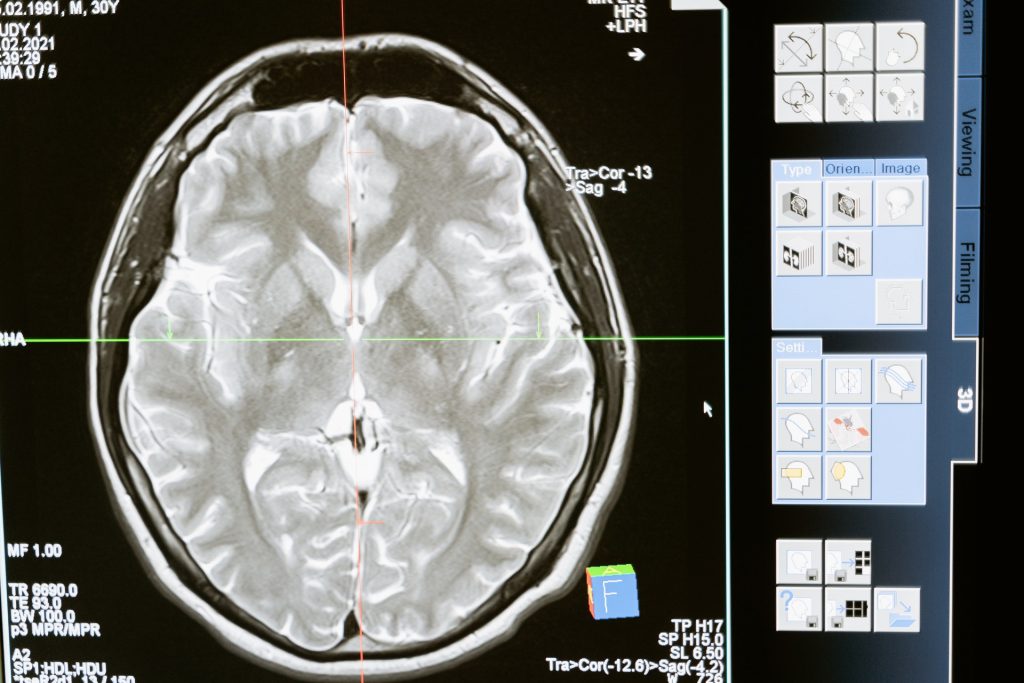
A pair of postgraduate students have developed a ground-breaking method for predicting which intensive care unit (ICU) patients will survive a severe brain injury. The two researchers combined functional magnetic resonance imaging (fMRI) with state-of-the art machine learning techniques to tackle one of the most complex issues in critical care. They describe the new technology in the Journal of Neurology.
Whether it is the result of a stroke, cardiac arrest or traumatic brain injury, lives can forever be changed by a serious brain injury. But the potential of a good recovery is highly uncertain.
The University of Western Ontario researchers, Matthew Kolisnyk and Karnig Kazazian, are PhD candidates at Schulich School of Medicine & Dentistry in the lab of neuroscientist Adrian Owen.
“For years we’ve lacked the tools and techniques to know who is going to survive a serious brain injury,” said Owen.
An interdisciplinary team of researchers from Western, in collaboration with neurologists at London Health Sciences Centre and Lawson Health Research Institute sought to find a solution to this problem. They were led by Loretta Norton, a psychology professor at King’s University College at Western, who was one of the first researchers in the world to measure brain activity in the ICU.
The team measured brain activity in 25 patients at one of London’s two ICUs in the first few days after a serious brain injury and tested whether it could predict who would survive and who would not.
“We previously found that information about the potential for recovery in these patients was captured in the way different brain regions communicate with each other,” said Norton. “Intact communication between brain regions is an important factor for regaining consciousness.”
The breakthrough occurred when the team realized they could combine this imaging technique with an application of AI known as machine learning. They found they could predict patients who would recover with an accuracy of 80 per cent, which is higher than the current standard of care.
“Modern artificial intelligence has shown incredible predictive capabilities. Combining this with our existing imaging techniques was enough to better predict who will recover from their injuries,” said Kolisnyk.
While encouraging, the researchers say the prediction was not perfect and needs further research and testing.
“Given that these models learn best when they have lots of data, we hope our findings will lead to further collaborations with ICUs across Canada,” said Kazazian.
Source: University of Western Ontario

